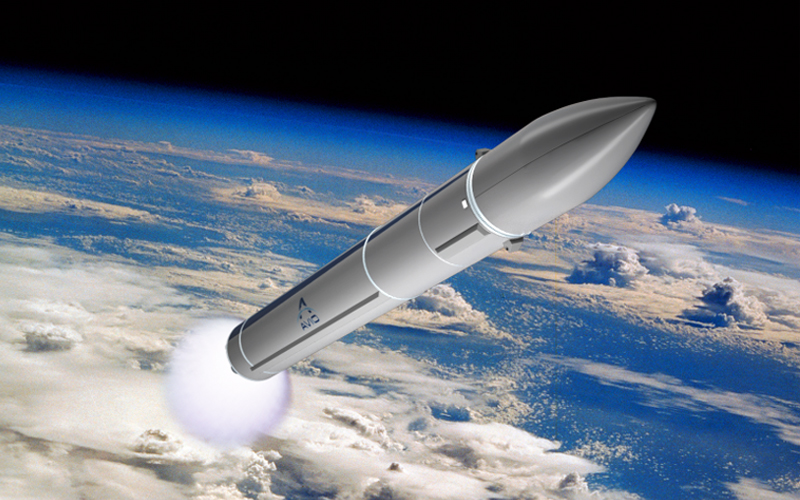
Avio CEO Giulio Ranzo told Wired that work being done on a reusable demonstrator may be a prelude to an entirely new product line for the company.
Ranzo’s made the statements during an interview with the Italian version of the technology website as part of its “Italy, Place of Innovation” series of articles.
In the interview, Ranzo stated that an in-flight demonstrator that the company had received European covid recovery funds to develop will determine whether it is “feasible” for Avio to develop reusable launch vehicles. The vehicle in question is the two-stage In-Flight Demonstrator (IFD) which will be used to validate the company’s M60 and M10 methane-fueled rocket engines and to experiment with first stage reentry and reusability. If the experimentation is successful, Ranzo stated that he does not exclude the possibility of opening a new “innovative, cleaner, and less expensive product line.” This appears to be even more evidence that the company is eyeing a split from Arianespace which currently manages the marketing and launch of Avio’s Vega line of launch vehicles.
In response to questions about the possibility of Avio splitting from Arianespace, a spokesperson told European Spaceflight in March that the company had no plans to “market and manage Vega launches” itself. However, the company was also granted preclearance by CNES in August 2022 to launch from a new commercial facility that is being built on the grounds of the old Diamant launch facility at the Guiana Space Centre. As Avio already has Vega and Vega C launch facilities at the space centre, it was, at the time, unclear what vehicle the company intended to operate out of the new facility.
In June 2022, Avio secured €340 million in European covid recovery funds to develop the bulk of a new launch system outside the structures of the European Space Agency. The M10 upper stage engine is the exception with the company already receiving funds to develop the engine for Vega E, the vehicle that is intended to replace Vega C towards the end of the decade. Ranzo has now all but admitted that the company is eyeing a new product line distinct from Vega that will be developed from the work being done on the LFD demonstrator. The only question that remains is what will become of Vega E?
Avio has already received ESA funding for the development of Vega E. Will Avio, as a result, be building Vega E at the same time it is building and operating an entirely new vehicle in the same class? Or is that the clue? Does Avio intend to build a larger vehicle with the aim of replacing the medium-launch capability vacuum left when Europe selected to cease launching Soyuz? Possibly but then the company would be unable to utilize the new commercial launch facility at the Guiana Space Centre which CNES has earmarked for micro and mini launch operators. This again leaves us with the question: does Avio intend to be building two launch vehicles in the same class at the same time?
On the question of reusability
During the interview, Ranzo told Wired that reusability was not ignored by European operators but rather rejected for “market reasons.” He went on to state that projects like Europe’s Iris2 megaconstellation may be the catalyst that makes it feasible for the continent to develop and build reusable launch vehicles. The feasibility of reusability will, however, likely be less dependent on market demand and more dependent on vehicle size.
In January, MaiaSpace CEO Yohann Leroy explained that the company’s Maia launch vehicle would see a drop in performance of two-thirds of the vehicle’s payload capacity when it was being recovered. He went on to explain that recovering and reusing the launch vehicle would not reduce the cost of the launcher to a point that would justify the loss in performance. Leroy did not share how many times each Maia vehicle would be reused, which certainly affects the equation. However, it is looking increasingly likely that the reuse of small launch vehicles may not be economically viable. It is a reality that the likes of Relativity Space and Rocket Lab have already acted on choosing to shift focus to the development of larger vehicles.




